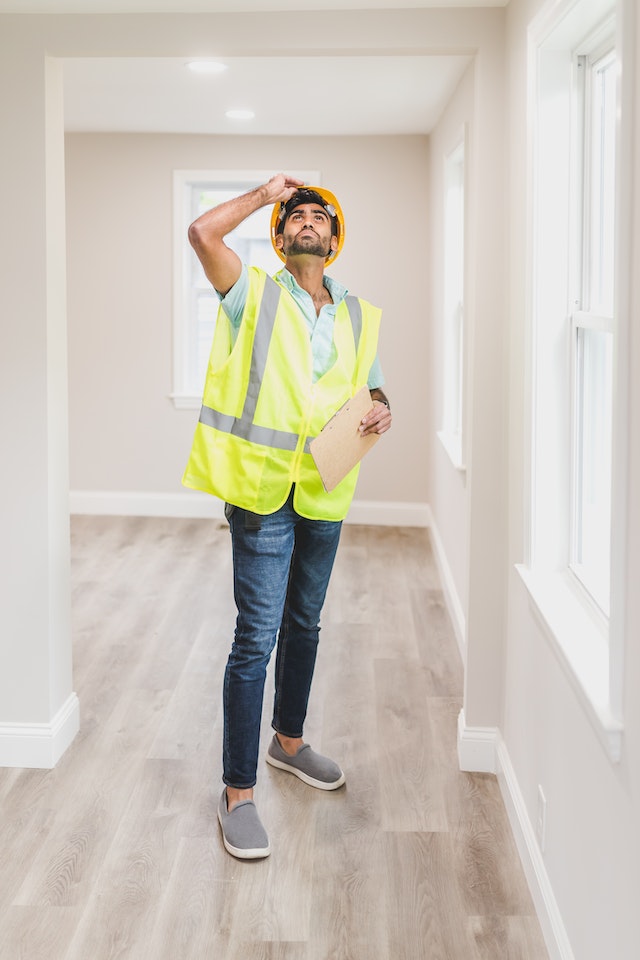Investor inspections focus on the most essential elements of a building—the roof, foundation, HVAC system, and water heater. While investor inspections aren’t as comprehensive as home inspections, they offer insight into the most important and pricy elements to replace. That way, you can avoid purchasing a piece of property that has structural or mechanical issues. When it comes to investor inspections, the goal is to find any major problems hidden to the naked eye.
One of the most crucial elements of an investor inspection is determining the type of plumbing and electrical wiring and the current state they’re in. That’s because older homes could have piping or wiring made from outdated, inefficient, or unsafe building materials. Over the years, building construction safety standards have changed to protect consumers from long-term health problems associated with outdated materials like lead and asbestos.
If you’ve had a home inspection in the past, please note that an investor inspection is quite different. These inspections are called “walk-and-talk” consultations because they don’t include a written report as with home inspections. Instead, with investor inspections, clients are advised to take notes for their own records. An investor inspection is a bit like a basic check-up on major elements of the home and an opportunity for you, the client, to ask questions. You can expect an investor inspection to take approximately an hour.
